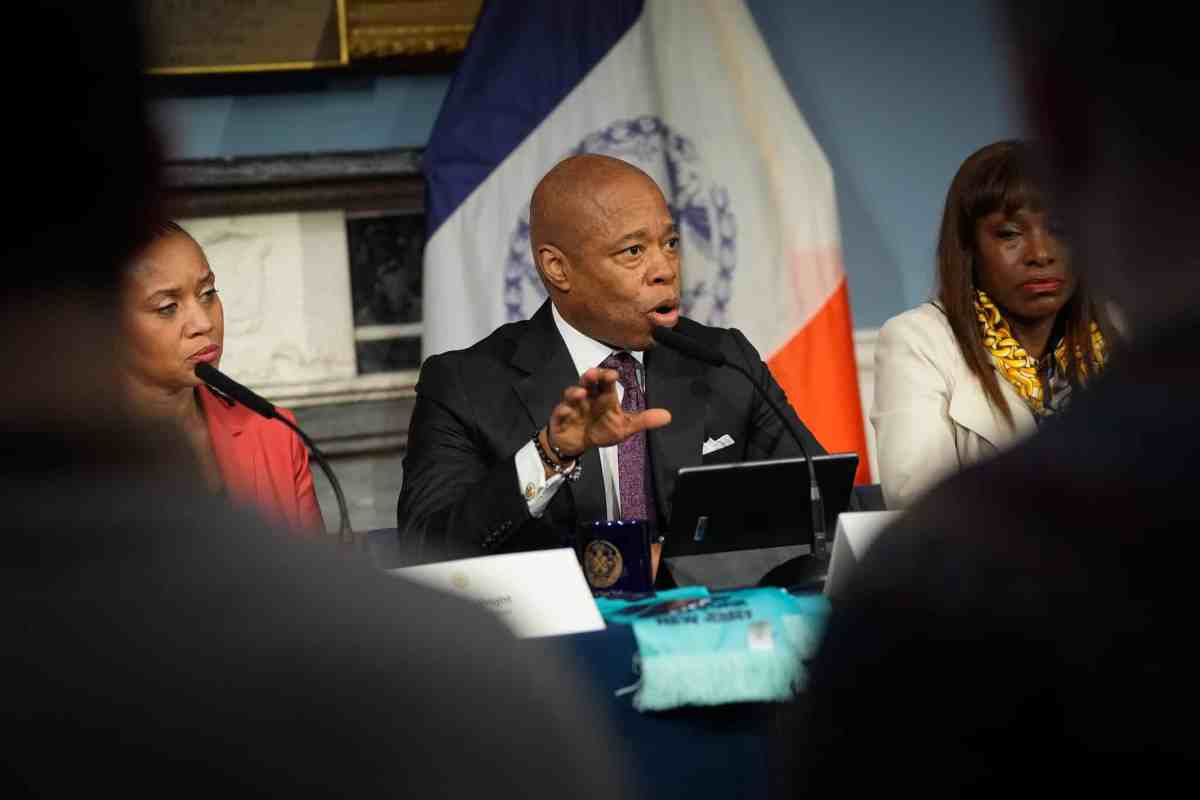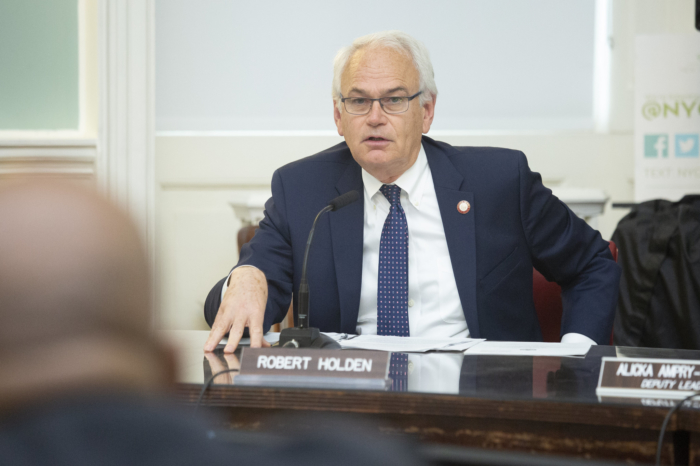By William Lewis
There has been recent speculation about the possibility of a third party, independent candidate entering the 2012 presidential campaign. As we consider the results of these candidacies, they have never won a presidential election, but they have had a strong effect on the outcomes.
The most recent third party initiative was the candidacy of Ross Perot in 1992 and 1996. In 1992, Perot, in running against then-President George H.W. Bush and Bill Clinton, received 19 percent of the vote, which seemed to help Bill Clinton win the election.
Had Perot not been a candidate, most of that 19 percent would have gone to Bush, thereby probably helping to re-elect him.
It must be said, however, that Clinton’s election in 1992 was in part due to the presence of a third party candidate on the ballot. It should be noted that Perot spent $57 million of his own money on the campaign.
Four years later, in 1996, Perot would run again as a third party candidate for president. In that race, he got only 8 percent of the total vote.
The 19 percent of the total national vote in 1992 that Perot received was the largest percentage a third party presidential candidate received since Theodore Roosevelt ran in 1912.
In that year, when Roosevelt was denied the Republican nomination for president, which went to incumbent President William Howard Taft, he in effect formed his own political party, which was called the Progressive Party and sometimes referred to as the Bull Moose Party.
He ran against Democrat Woodrow Wilson in addition to Taft. There was also a fourth party candidate that year: Socialist Eugene Debs.
The election results gave Roosevelt more than 27 percent of the vote — the largest ever for a third party candidate. He came in second place, defeating Taft, who got 23 percent of the vote.
Wilson won the presidency that year with a plurality of almost 42 percent of the vote. Socialist candidate Debs received 6 percent of the total. Combining the total votes of Roosevelt and Taft within the Republican Party, the Republican candidate would probably have won that year if there had been no third party candidate, Wilson most likely would not have been elected.
From these elections in 1912 and 1992, we can see the influence third party candidates can have on national elections.
Three years ago, Mayor Michael Bloomberg almost ran for president as an independent. Had he done so, it is interesting to estimate how his candidacy would have affected the outcome of the 2008 election, considering his huge financial resources.
There have been some recent reports that Bloomberg is again considering a presidential bid in 2012. The issue arises over which candidate would benefit the most from his third party candidacy if he is able to get on the ballot in most states.
It would seem that his liberal views on social issues would not be helpful to President Barack Obama, since Bloomberg would most likely attract liberal voters. The same could be true if an independent candidate with strong conservative views ran. It could hurt the chances of whoever emerges as the Republican candidate.
A third party candidacy is one more element to be considered in the presidential election of 2012.
In another development, new political district lines are redrawn every 10 years, affecting congressional, state Senate and state Assembly districts. The new district lines have not been announced yet by the state Senate and Assembly committees working on it.
The word now is that we may not hear about the new district lines until February, one of the main reasons being that the legislative leadership is concerned about possible court challenges to the redrawn lines and wants to present the redrawn lines as late as possible to discourage court challenges.
This makes it difficult for possible candidates who want to run for office, since they do not know what areas will be contained in the new districts.

































